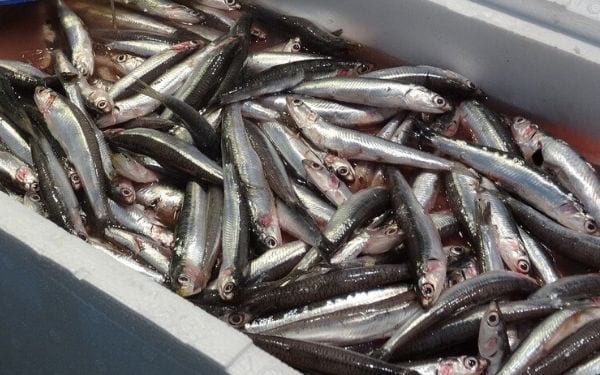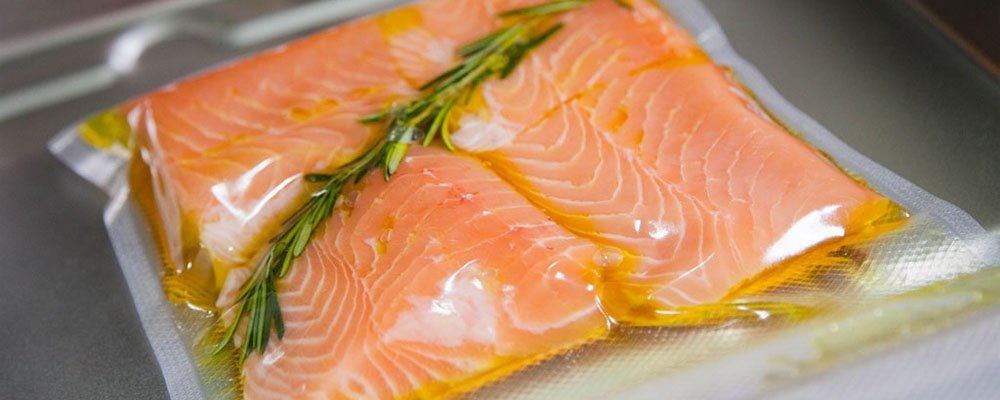A recent study carried out by several researchers linked to Swedish entities values the protein of some fish and shellfish and its sustainability. The study highlights the protein values of these fish and shellfish compared to meat protein, especially beef, analyzing the environmental impact it generates.
It is always difficult to analyze the environmental impact of a product, basically because it is only fair to do it where it is consumed. In other words, a salmon that is produced and consumed in Norway does not have the same environmental impact as the same salmon that is consumed in Almería. But if it is true that well-prepared studies such as the Assessing seafood nutritional diversity together with climate impacts They give us a lot of information. Especially in a country like Spain that is a fish producer and values the high protein quality of some fish.
The protein and sustainability of fish and shellfish
The study values the protein richness of some fish and shellfish such as salmon, sardines, anchovies, tuna, mussels and oysters. Especially its high protein level that compared to beef is very similar and even higher. For example, the sardine, the anchovy gives us 21 grams of protein versus the 16 grams that red meat has. With similar values are tuna and salmon. In addition, fish has lower levels of fat and is a higher quality fat due to its contribution of Omega-3. Also the contribution of vitamin D in fish is clearly higher.

The report does not analyze heavy metals, which in the case of fish and larger species, such as tuna, are high. It does not do so because it appeals to the farmed production of species such as salmon where it is true that the levels are low due to their food. A study that is prepared with a Swedish vision and that appeals to the growth of fish farms.
In conclusion, sea and land protein
In summary, it is true that the fish analyzed are a great contribution of quality protein and an excellent nutrient. It is also nutritionally interesting moderate the consumption of red meat and understand that the source of protein can be diverse. Another aspect to take into account is the environmental impact because, as we have mentioned, the proximity of consumption and production is a very determining issue in environmental analysis.
It should also be considered that the proliferation of fish farms has a significant environmental impact, especially in large facilities. It is important that farmed fish also take this into account in the same way as meat and that its production and distribution footprint can be known. In other words, there are no complete truths when, in addition, the social impact of the production of meat gaps is a value to be taken into account.
Oh! and we cannot finish without forgetting about vegetable protein and especially legumes. A product that is important in our diet for its contribution of protein and fiber and that, in addition, its production is very sustainable while enriching our soil.







